Home>Garden Essentials>How To Grow Asparagus From Seeds
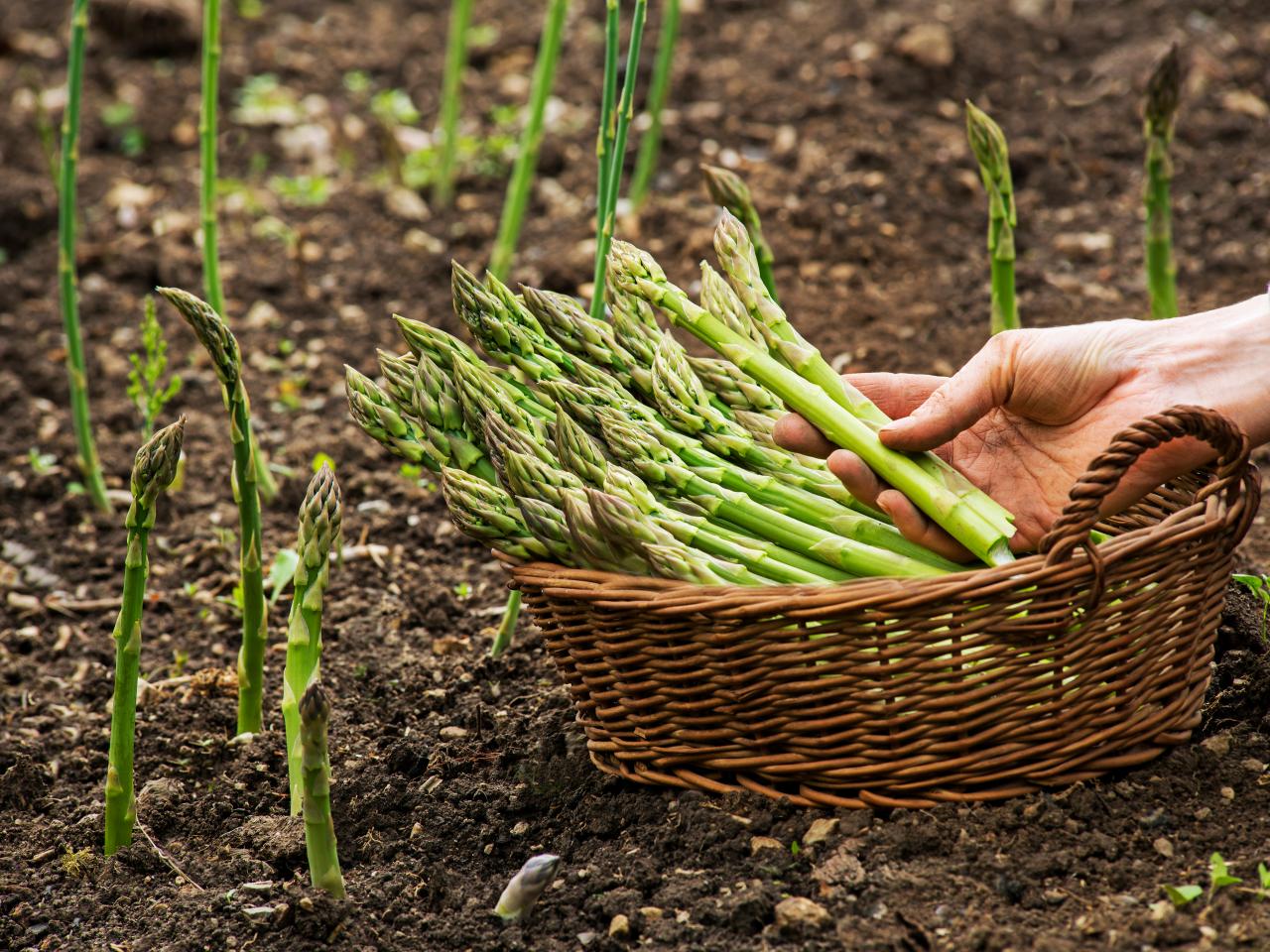

Garden Essentials
How To Grow Asparagus From Seeds
Modified: March 15, 2024
Learn the steps to grow asparagus from seeds and create a thriving garden. Discover expert tips and tricks for successful asparagus cultivation.
(Many of the links in this article redirect to a specific reviewed product. Your purchase of these products through affiliate links helps to generate commission for Storables.com, at no extra cost. Learn more)
Introduction
Growing your own vegetables can be an incredibly rewarding experience, and asparagus is no exception. Known for its delicious flavor and numerous health benefits, asparagus is a versatile and valuable addition to any garden. While many gardeners opt to start with asparagus crowns, growing asparagus from seeds can be a more cost-effective and rewarding option for those looking to grow this delightful vegetable from scratch.
In this article, we will guide you through the process of growing asparagus from seeds, providing you with all the necessary steps and tips to help you succeed in your endeavor.
Before we dive into the details of how to grow asparagus from seeds, it’s important to understand a few key points. Asparagus is a perennial vegetable, meaning it will continue to grow and produce spears for several years once established. However, it is worth noting that growing asparagus from seeds requires patience, as it typically takes up to three years for the plant to reach full maturity and produce a harvest.
Additionally, it’s essential to choose a suitable location for your asparagus bed. Asparagus thrives in well-draining soil with plenty of sunlight, so it’s crucial to select a spot in your garden that meets these requirements.
Now, let’s delve into the step-by-step process of growing asparagus from seeds.
Key Takeaways:
- Growing asparagus from seeds requires patience and attention to detail, but the reward of harvesting your own homegrown asparagus is well worth the effort. Choose a sunny spot, start seeds indoors, and provide proper care for a bountiful harvest.
- Support the growth of your asparagus plants with stakes or supports to protect them from bending or breaking. After patiently nurturing your plants, enjoy the delicious and nutritious harvest of fresh asparagus spears.
Read more: How To Grow Asparagus From Seed
Step 1: Prepare the Soil
The first step in successfully growing asparagus from seeds is to prepare the soil. Asparagus thrives in soil that is well-draining and rich in organic matter. Follow these steps to ensure your soil is ready:
- Choose the Right Location: Select a location in your garden that receives full sun for at least 6-8 hours a day. Asparagus plants thrive in sunlight and need it to grow and produce adequate yields.
- Clear the Area: Remove any existing weeds or vegetation from the area where you plan to plant your asparagus seeds. Weeds can compete with the asparagus seedlings for nutrients and water, so it’s important to start with a clean slate.
- Loosen the Soil: Use a garden fork or tiller to loosen the soil to a depth of at least 12-18 inches. This allows the asparagus roots to penetrate and establish themselves easily. Avoid compacted soil, as it can hinder the growth of the asparagus plants.
- Add Organic Matter: Mix in plenty of organic matter, such as compost or well-rotted manure, into the soil. This enriches the soil with nutrients and improves its overall fertility. Aim for a ratio of 2-3 inches of organic matter per square foot of planting area.
- Check the Soil pH: Asparagus prefers slightly acidic to neutral soil, with a pH range of 6.0-7.0. Test the soil pH using a soil testing kit, and if necessary, adjust it by adding lime to raise the pH or sulfur to lower it.
By following these steps, you will create an optimal growing environment for your asparagus seeds. The well-prepared soil will provide the necessary nutrients and drainage for the asparagus plants to thrive.
Step 2: Soak the Asparagus Seeds
Once you have prepared the soil, the next step in growing asparagus from seeds is to soak the seeds before planting. Soaking the seeds helps to accelerate germination and increases the chances of successful seedling development. Follow these steps to soak the asparagus seeds:
- Choose High-Quality Seeds: Select high-quality asparagus seeds from a reputable source. Fresh seeds are more likely to germinate successfully.
- Prepare a Soaking Solution: Fill a bowl or container with warm water. The water should be around 70-75°F (21-24°C). Add a few drops of liquid seaweed or a gentle fertilizer to the water to provide some nutrients for the seeds.
- Soak the Seeds: Place the asparagus seeds in the bowl of warm water and let them soak for about 24 hours. This soaking process helps to soften the seed coat and initiate the germination process.
- Drain and Dry the Seeds: After 24 hours, drain the soaking solution and spread the seeds on a paper towel or a clean, dry surface. Allow the seeds to dry for a few hours before moving on to the next step.
Soaking the asparagus seeds allows them to absorb moisture and kickstarts the germination process. It helps to improve seed viability and reduces the time it takes for the seeds to sprout.
Once the seeds have been soaked and dried, they are ready to be planted. In the next step, we will discuss how to start the seeds indoors to give them a head start before transplanting them into the garden.
Step 3: Start Seeds Indoors
Starting asparagus seeds indoors gives them a head start and increases their chances of successful germination. This step is particularly useful in regions with shorter growing seasons or colder climates. Follow these steps to start your asparagus seeds indoors:
- Select Seed Starting Containers: Choose shallow trays or pots with good drainage holes. Seed trays or cell inserts work well for this purpose. Fill the containers with a well-draining seed starting mixture or a combination of peat moss and vermiculite.
- Sow the Seeds: Place the asparagus seeds on top of the seed starting mixture, spacing them about 1 inch apart. Lightly press them into the soil, but avoid burying them too deep, as asparagus seeds need light to germinate.
- Provide Optimal Conditions: Cover the containers with a plastic dome or wrap them in a plastic bag to create a greenhouse-like environment. This helps to maintain humidity and moisture levels. Place the containers in a warm location, ideally between 70-75°F (21-24°C).
- Ensure Adequate Lighting: Asparagus seeds require sufficient light for germination. Place the containers near a bright window or use fluorescent grow lights to provide adequate light exposure for at least 12-16 hours a day.
- Regularly Water the Seeds: Keep the soil consistently moist but not soaked. Water the containers from the bottom by placing them in a tray filled with water and allowing the soil to soak up the moisture. Avoid overwatering, as it can lead to fungal diseases.
- Monitor Germination: Asparagus seeds typically take 2-3 weeks to germinate. Once the seedlings emerge, remove the plastic covering and continue to provide proper light, temperature, and moisture for their growth.
Starting asparagus seeds indoors allows you to have more control over the germination process and provides a nurturing environment for the seedlings to thrive. Once the seedlings have grown to a certain size and the weather conditions are appropriate, they can be transplanted into the garden. We will discuss this in the next step.
Step 4: Transplant Seedlings
After your asparagus seedlings have grown to a suitable size indoors, it’s time to transplant them into the garden. Transplanting the seedlings allows them to establish their root systems and continue their growth in the outdoor environment. Follow these steps to transplant your asparagus seedlings:
- Select the Right Time: Choose a day for transplanting when the soil has warmed up and there is no longer a risk of frost. This is usually in the early spring, after the last frost date in your area.
- Prepare the Planting Area: Make sure the soil in the planting area is well-prepared as discussed in Step 1. Remove any weeds, loosen the soil, and amend it with organic matter if necessary.
- Dig Trenches: Dig trenches in the prepared soil that are about 8-10 inches deep and wide enough to accommodate the spread-out roots of the seedlings. Space the trenches about 3-4 feet apart to allow sufficient room for the mature asparagus plants.
- Transplant the Seedlings: Carefully remove the seedlings from their containers, taking care not to damage the delicate roots. Place each seedling in a trench, spacing them about 12-18 inches apart. Gently spread out the roots and cover them with soil, leaving the top of the seedling (the crown) exposed above the soil surface.
- Water the Transplanted Seedlings: After transplanting, water the seedlings thoroughly to ensure good root-to-soil contact and to help them establish in their new location. Keep the soil consistently moist but not waterlogged during the growing season.
- Monitor and Provide Care: Regularly monitor the transplanted seedlings for signs of pests or diseases. Mulch around the plants to help retain moisture and suppress weed growth. Provide a balanced fertilizer once the seedlings are established to promote healthy growth.
Transplanting the asparagus seedlings into the garden is a critical step in their growth journey. With proper care and maintenance, they will continue to develop and mature, eventually producing delicious asparagus spears. In the next step, we will discuss the ongoing care required for growing asparagus plants.
When growing asparagus from seeds, it’s important to start them indoors in a seed tray before transplanting them outside. This will give them a head start and increase their chances of successful growth.
Read more: How Long To Grow Asparagus From Seed
Step 5: Maintain Proper Care
Once your asparagus seedlings are transplanted into the garden, it’s important to provide them with the proper care they need to thrive and produce a bountiful harvest. Follow these guidelines to ensure the ongoing care of your asparagus plants:
- Watering: Asparagus plants require regular watering, especially during dry periods. Provide deep watering to ensure the roots receive enough moisture. Aim for about 1 inch of water per week, either from rainfall or supplemental irrigation.
- Weed Control: Keep the area around your asparagus plants free from weeds, as they can compete for nutrients and water. Regularly remove any weeds that emerge and consider using mulch to help suppress weed growth.
- Fertilization: Asparagus plants benefit from regular fertilization to promote healthy growth and productivity. Apply a balanced, slow-release fertilizer in early spring and again in mid-summer, following the package instructions for the proper application rate.
- Pest and Disease Management: Monitor your asparagus plants for any signs of pests or diseases. Common pests that may affect asparagus include aphids, beetles, and slugs. Use organic pest control methods or consult your local gardening expert for suitable treatments.
- Harvest Management: It’s important to allow young asparagus plants to establish for the first couple of years without harvesting any spears. This allows the plants to develop a robust root system. In the third year, you can start harvesting spears, but be careful not to overharvest. Harvest by cutting the spears just above the soil when they reach a height of about 6-8 inches.
- Winter Care: In colder regions, provide protection to the asparagus crowns during the winter months. Cut down the ferns after they have turned yellow and died back. Apply a thick layer of mulch over the crowns to help insulate them from freezing temperatures.
By following these care guidelines, you will ensure that your asparagus plants remain healthy, vigorous, and productive for years to come. Proper care is essential for the long-term success of your asparagus garden. In the next step, we will discuss providing support for growing asparagus.
Step 6: Provide Support for Growing Asparagus
As your asparagus plants grow, they will develop tall and feathery fern-like foliage. To support their growth and protect them from bending or breaking, it’s important to provide proper support. Follow these steps to provide support for your growing asparagus plants:
- Install Stakes or Supports: Place sturdy stakes or supports at each end of the asparagus row or bed. You can use materials such as wooden stakes, metal posts, or even bamboo poles.
- Tie the Plants to the Supports: Gently tie the asparagus plants to the stakes or supports using twine or plant ties. Start by loosely tying the lower part of the plant stems, and continue to tie at intervals as the stems grow taller.
- Encourage Upright Growth: As the plants continue to grow, regularly check and adjust the ties to ensure the plants are supported and growing upright. This will help prevent them from bending or leaning, which can cause damage to the plants.
- Continue Support Throughout the Season: As the asparagus ferns grow taller, they may require additional support. Regularly check the ties and adjust them as necessary to provide continuous support throughout the growing season.
Providing support for your growing asparagus plants not only helps to maintain their upright growth but also prevents any potential damage caused by strong winds or heavy rainfall. It ensures that your plants can focus their energy on producing high-quality spears.
In the final step, we will discuss the exciting part of growing asparagus—harvesting the delicious and nutritious spears!
Step 7: Harvesting Asparagus Spears
After several years of patiently nurturing your asparagus plants, the time will finally come to enjoy the fruits of your labor by harvesting the delicious asparagus spears. Here are the steps to ensure a successful harvest:
- Patience is Key: During the first two years, it’s crucial to resist the temptation to harvest any spears. Allowing the plants to establish their root systems and grow strong fern-like foliage will ensure future bountiful harvests.
- Identify Harvest-Ready Spears: In the third year, you can start harvesting asparagus spears when they reach a height of about 6-8 inches. Look for tightly closed tips and firm, tender spears. Avoid harvesting spears that have opened or started to fern out, as they may not be as flavorful.
- Harvesting Technique: To harvest the asparagus spears, use a sharp knife or garden scissors. Gently cut the spears just above the soil level, being careful not to damage any emerging ones. Hold the spear near the base and cut it cleanly to ensure minimal damage to the rest of the plant.
- Harvest Period: Asparagus spears can be harvested over a period of several weeks. Aim to harvest every 2-3 days, or as soon as new spears reach the harvestable height. This allows the plants to continue producing new spears throughout the growing season.
- Stop Harvesting: Towards the end of the harvesting season, typically in late spring or early summer, it’s important to stop harvesting and allow the remaining spears to grow and mature. This allows the plants to store energy for next year’s growth.
Freshly harvested asparagus spears are best enjoyed immediately, as their flavor and nutritional value are at their peak. Prepare them by trimming off the tough ends and lightly steaming, boiling, grilling, or sautéing them. Asparagus can be a versatile addition to salads, stir-fries, pasta dishes, and more!
Remember that asparagus plants have a lifespan of 10-15 years or more, so with proper care and maintenance, you can continue to enjoy the harvests from your asparagus bed for many seasons to come.
Congratulations on successfully growing and harvesting your own homegrown asparagus!
Conclusion
Growing asparagus from seeds is a gratifying and cost-effective way to cultivate this delicious and nutritious vegetable in your garden. While it requires patience and careful attention to the growing process, the reward of harvesting your own homegrown asparagus is well worth the effort.
Throughout this step-by-step guide, we have covered everything you need to know to successfully grow asparagus from seeds. From preparing the soil and soaking the seeds to starting them indoors, transplanting the seedlings, providing proper care, offering support, and finally, harvesting the tender spears, each step is essential for the overall success of your asparagus plants.
Remember to choose a suitable location with full sun and well-draining soil, asparagus seeds of good quality, and provide proper watering, fertilization, and pest management. Support the growth of your plants with stakes or supports, and have patience during the first couple of years before harvesting the spears.
By following these guidelines and incorporating your own gardening knowledge and creativity, you will be able to enjoy the flavor and freshness of homegrown asparagus for years to come. Whether you incorporate it into your favorite recipes or savor it on its own, the taste of homegrown asparagus will leave you longing for the next harvest.
So, roll up your sleeves, gather your gardening tools, and get ready to embark on the journey of growing asparagus from seeds. Your garden will be thriving with these delightful green spears, and your taste buds will be grateful for the abundance of flavors that await.
Happy gardening and enjoy the bountiful harvest of your homegrown asparagus!
Frequently Asked Questions about How To Grow Asparagus From Seeds
Was this page helpful?
At Storables.com, we guarantee accurate and reliable information. Our content, validated by Expert Board Contributors, is crafted following stringent Editorial Policies. We're committed to providing you with well-researched, expert-backed insights for all your informational needs.
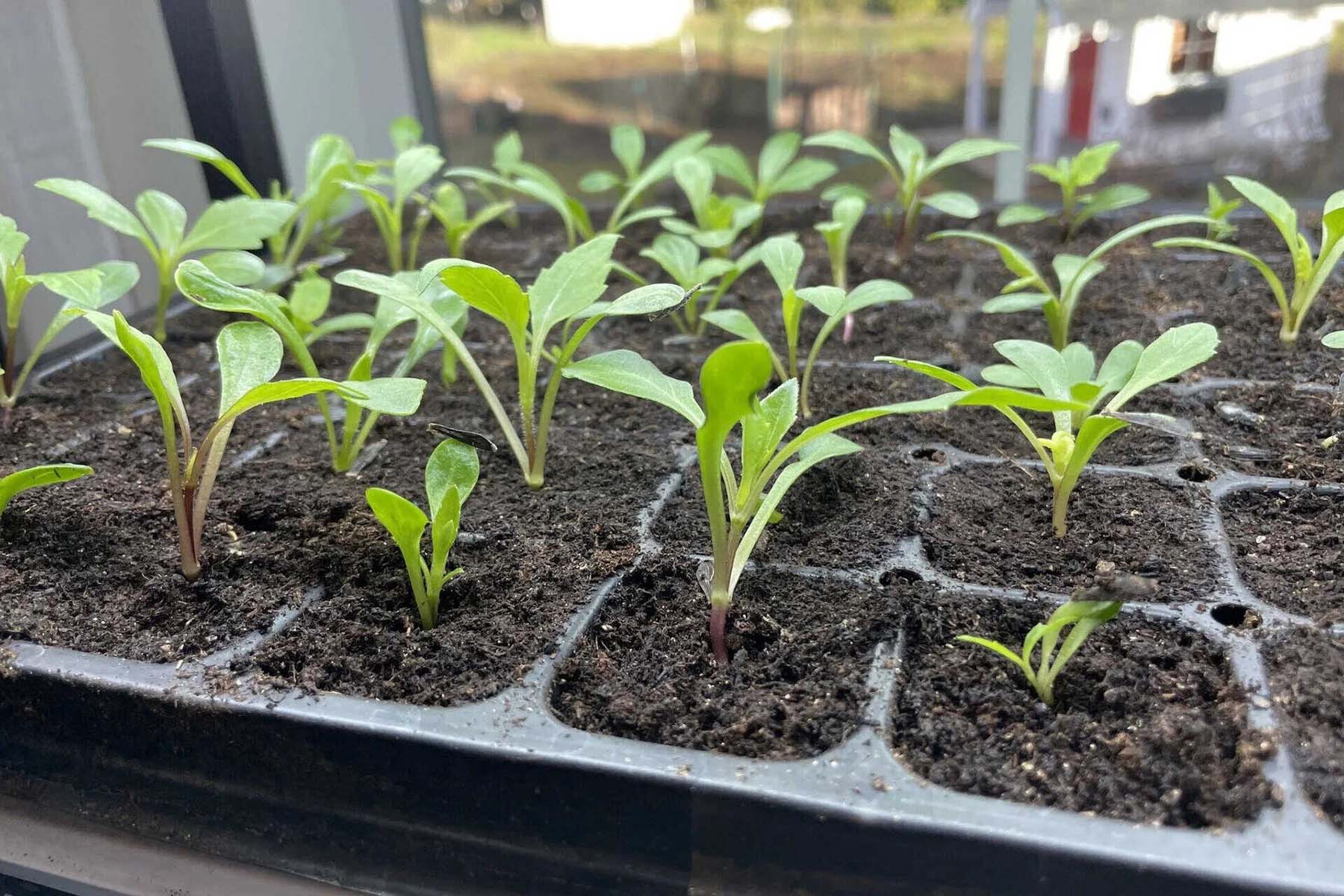
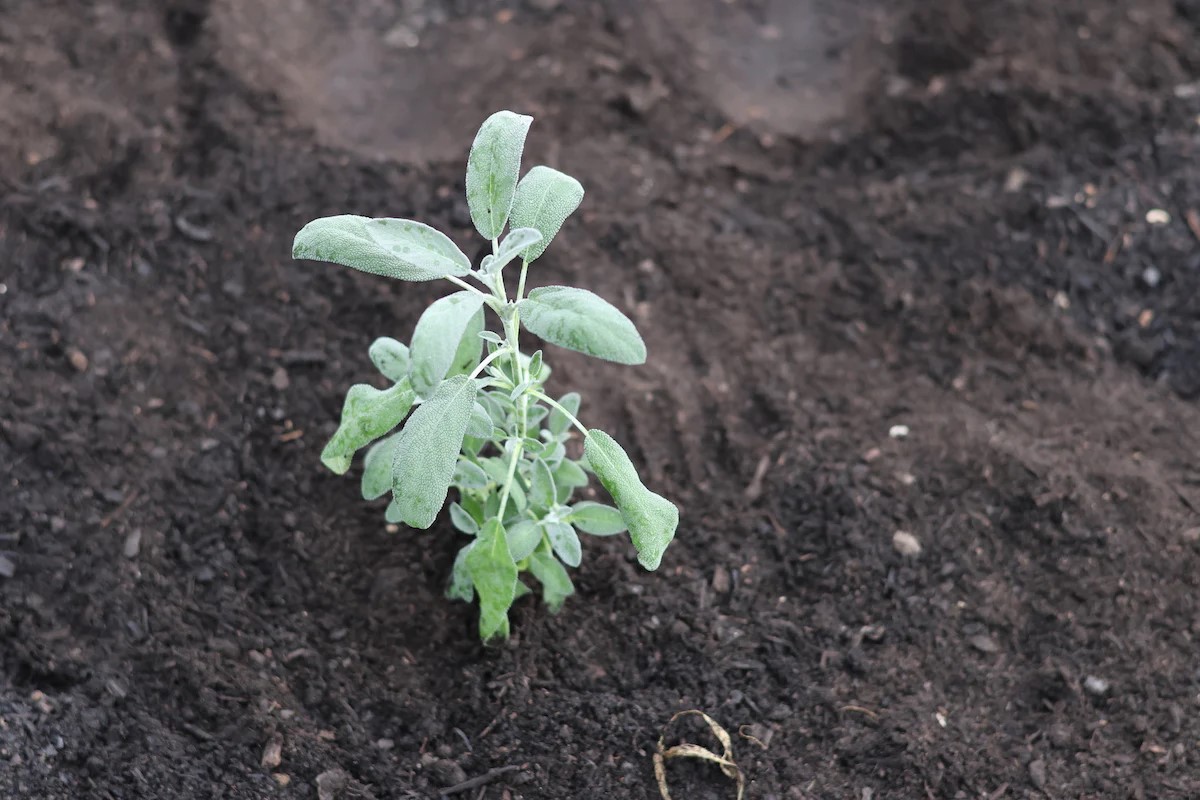
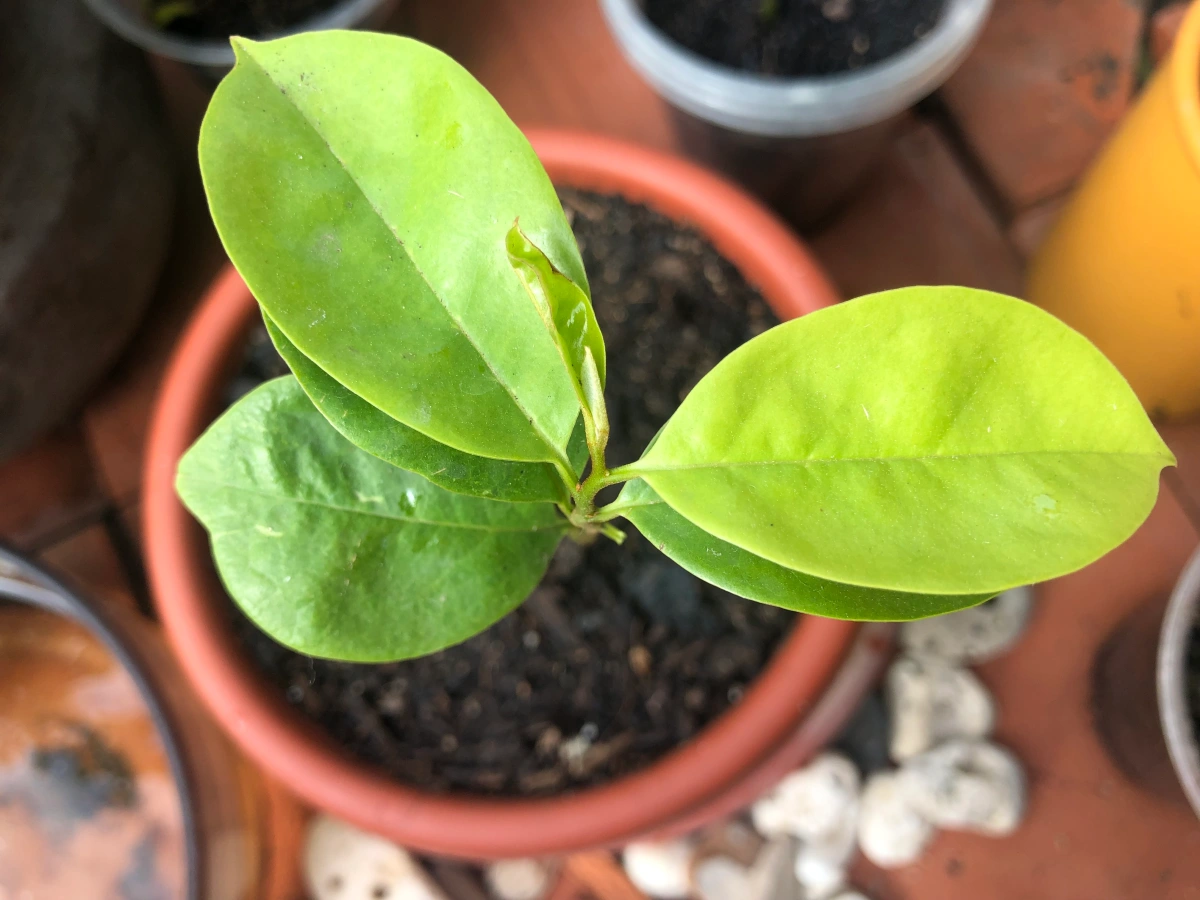
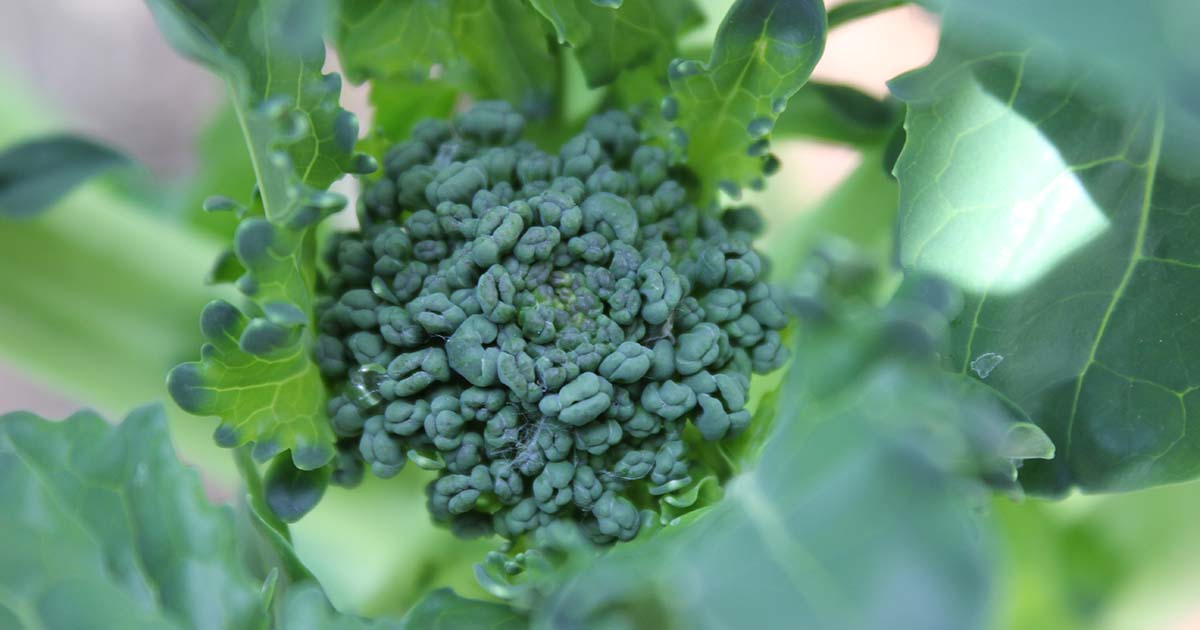
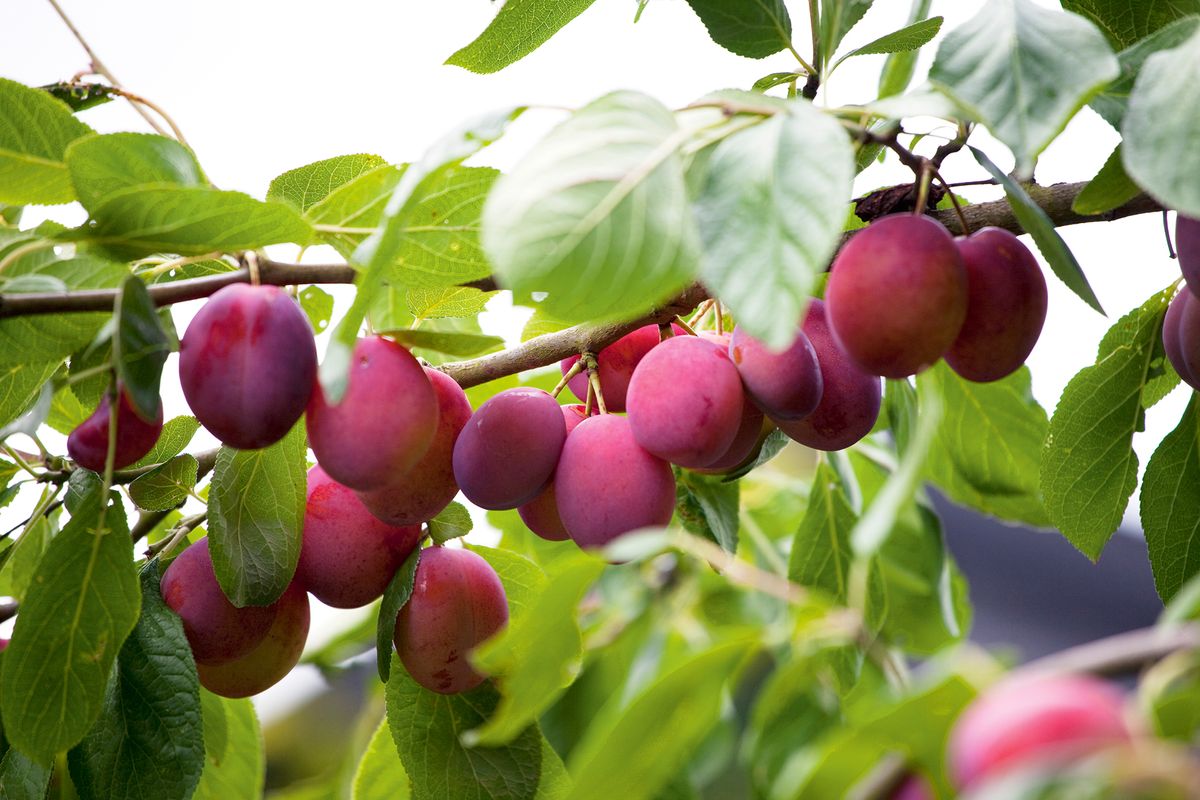
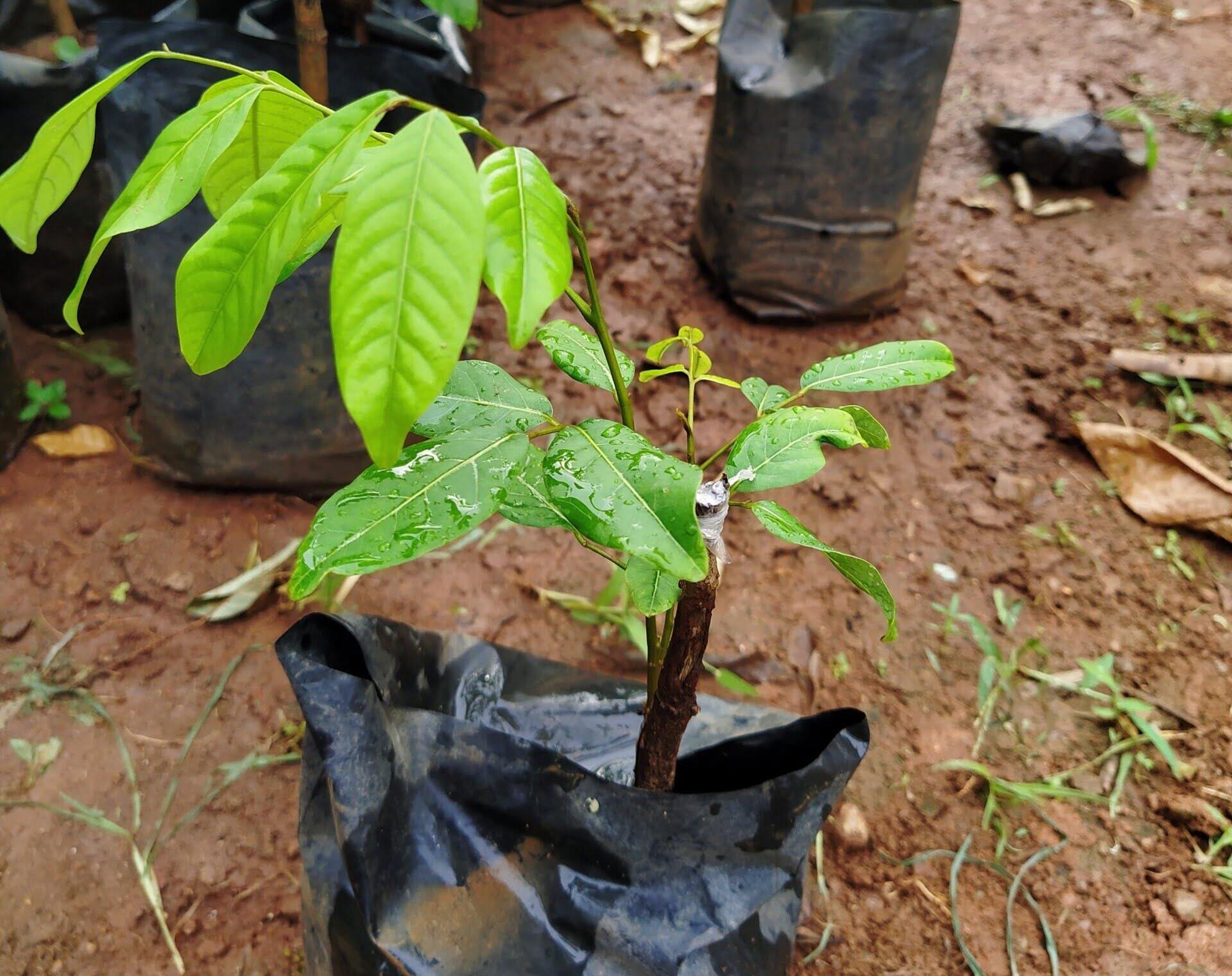
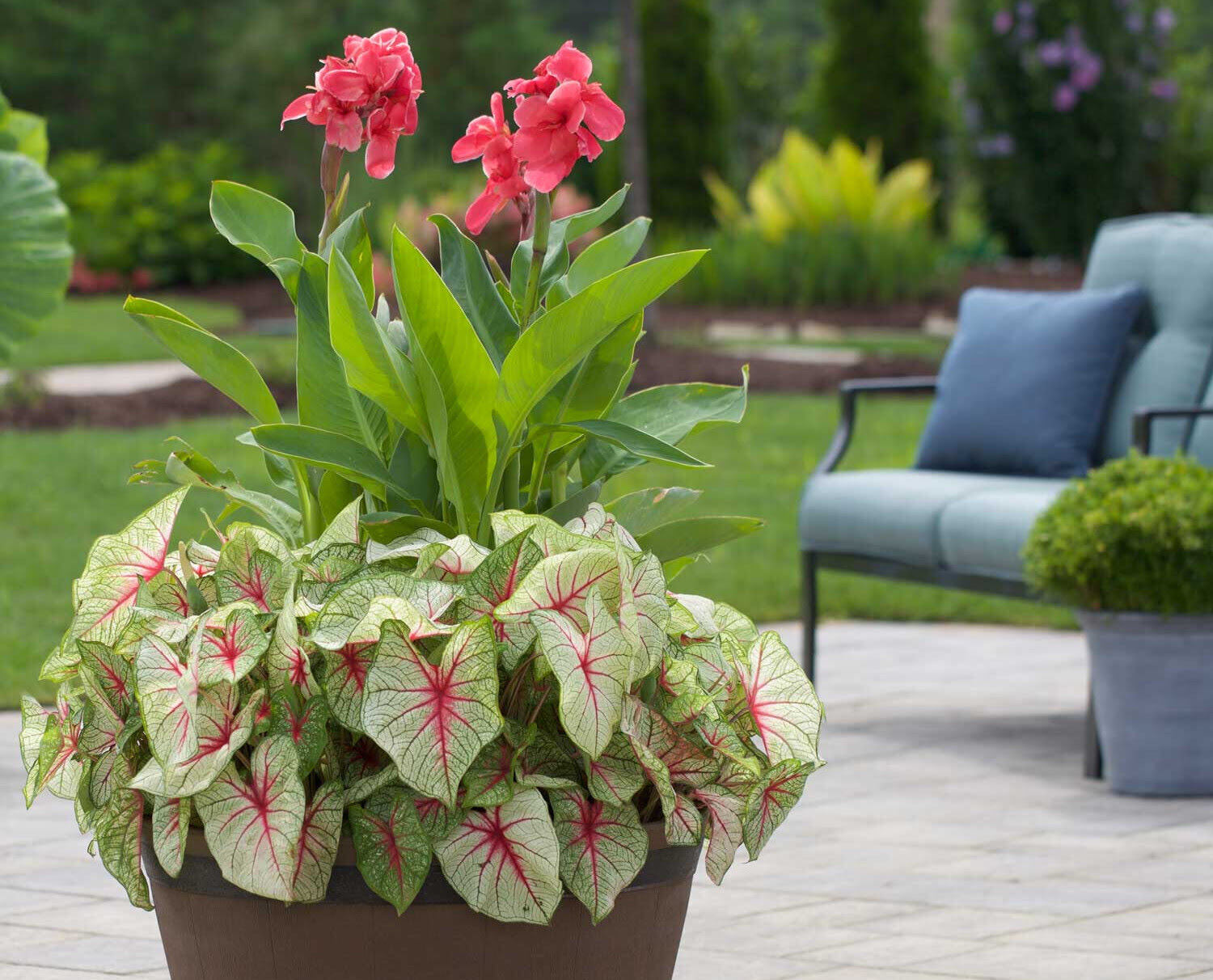
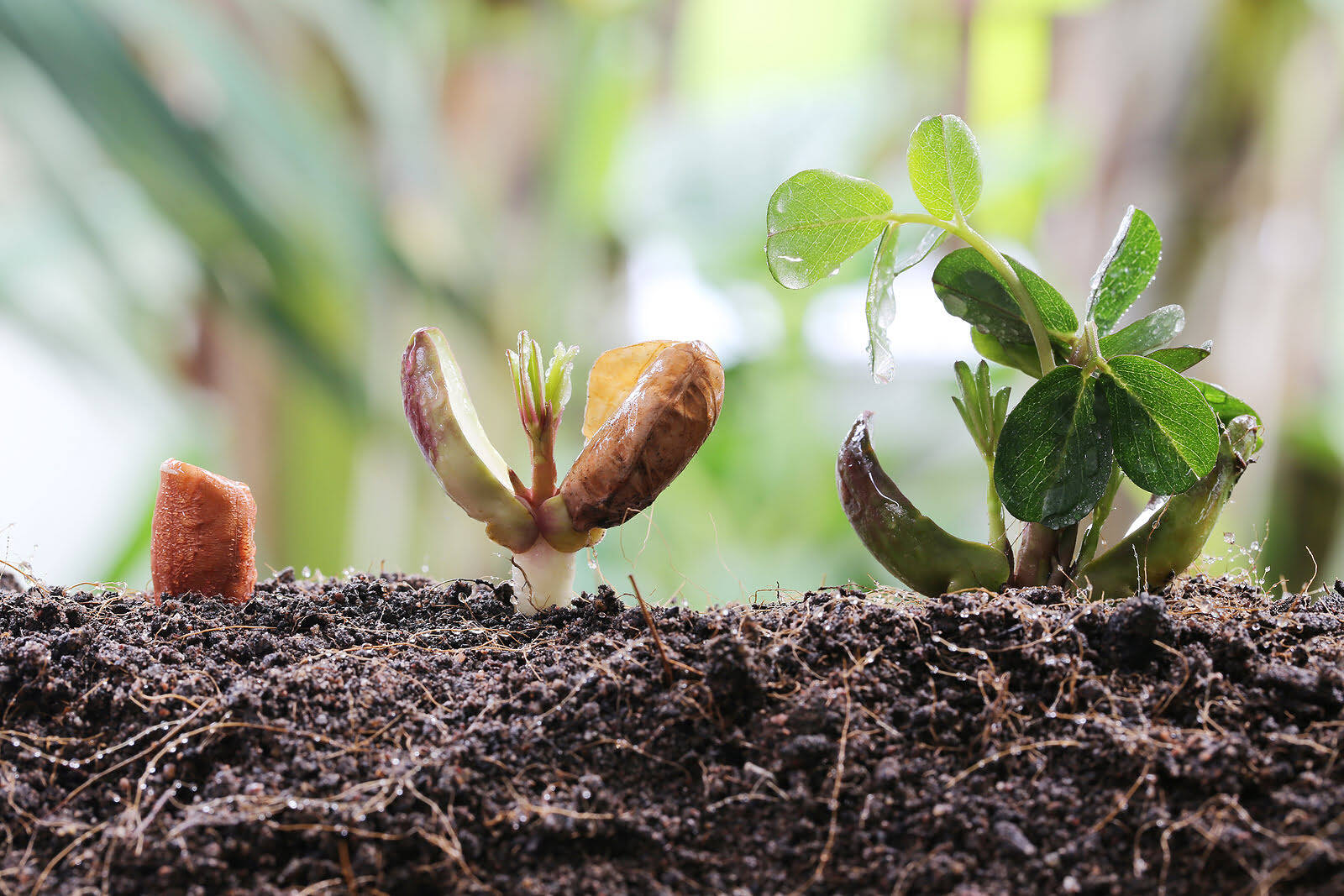
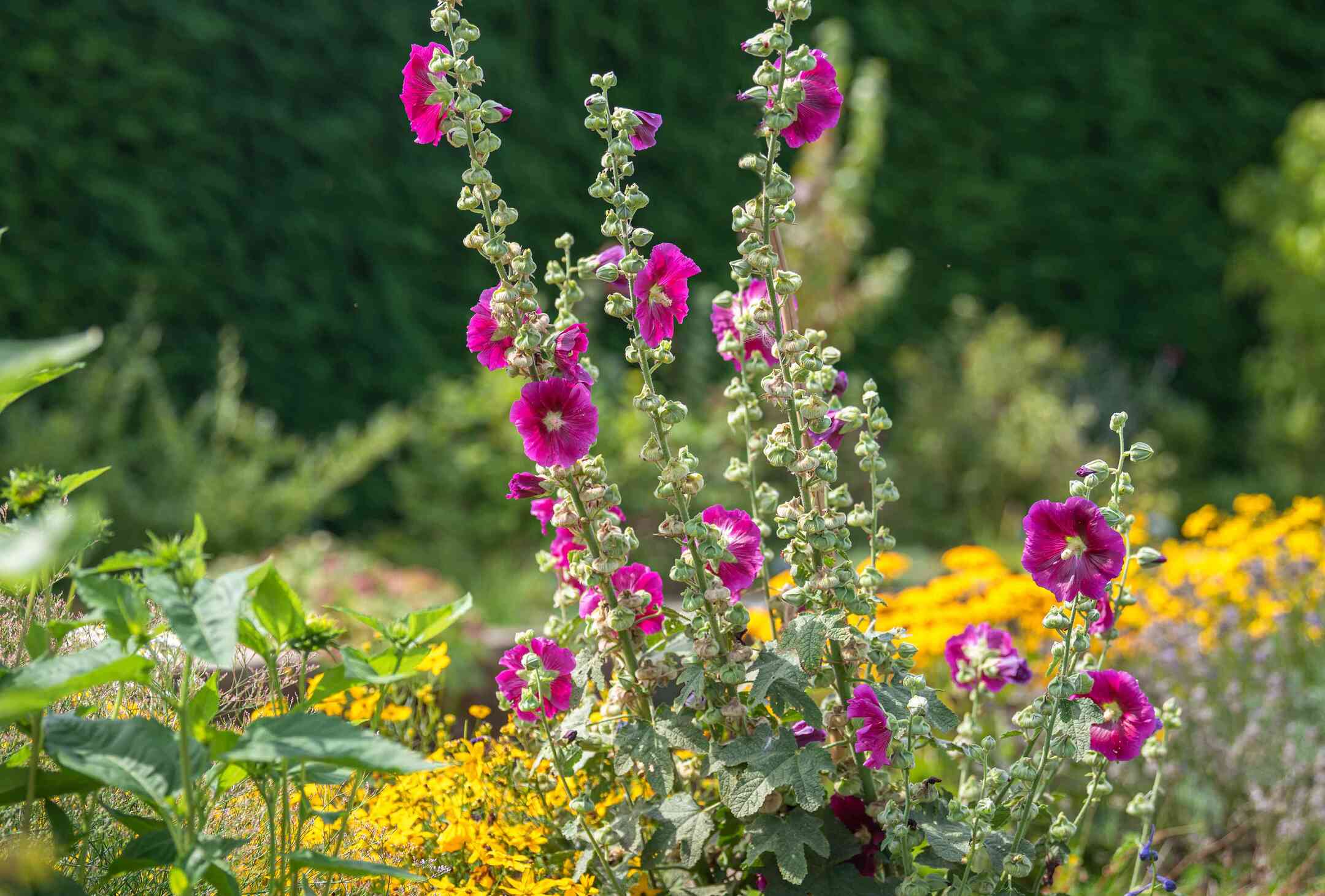
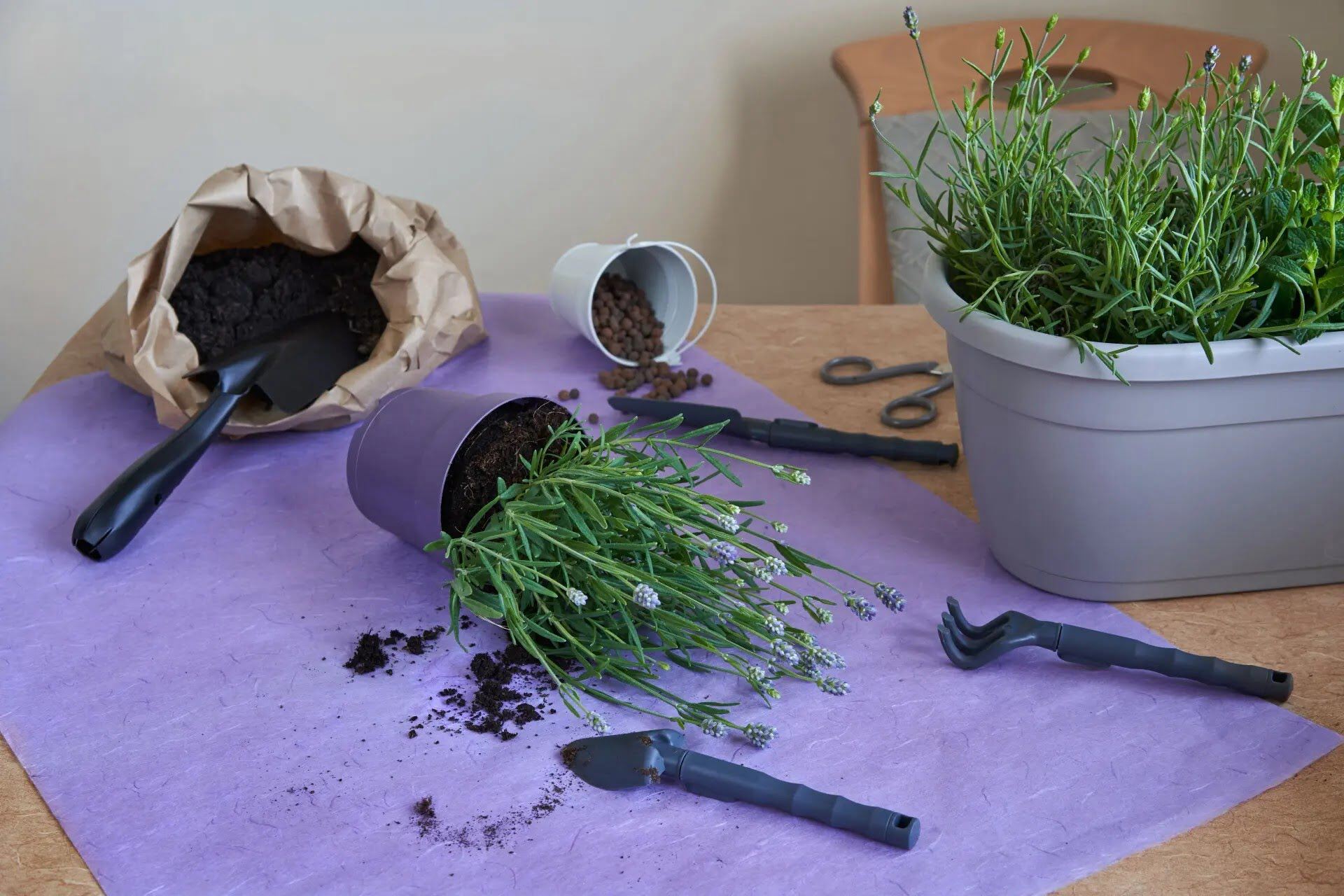
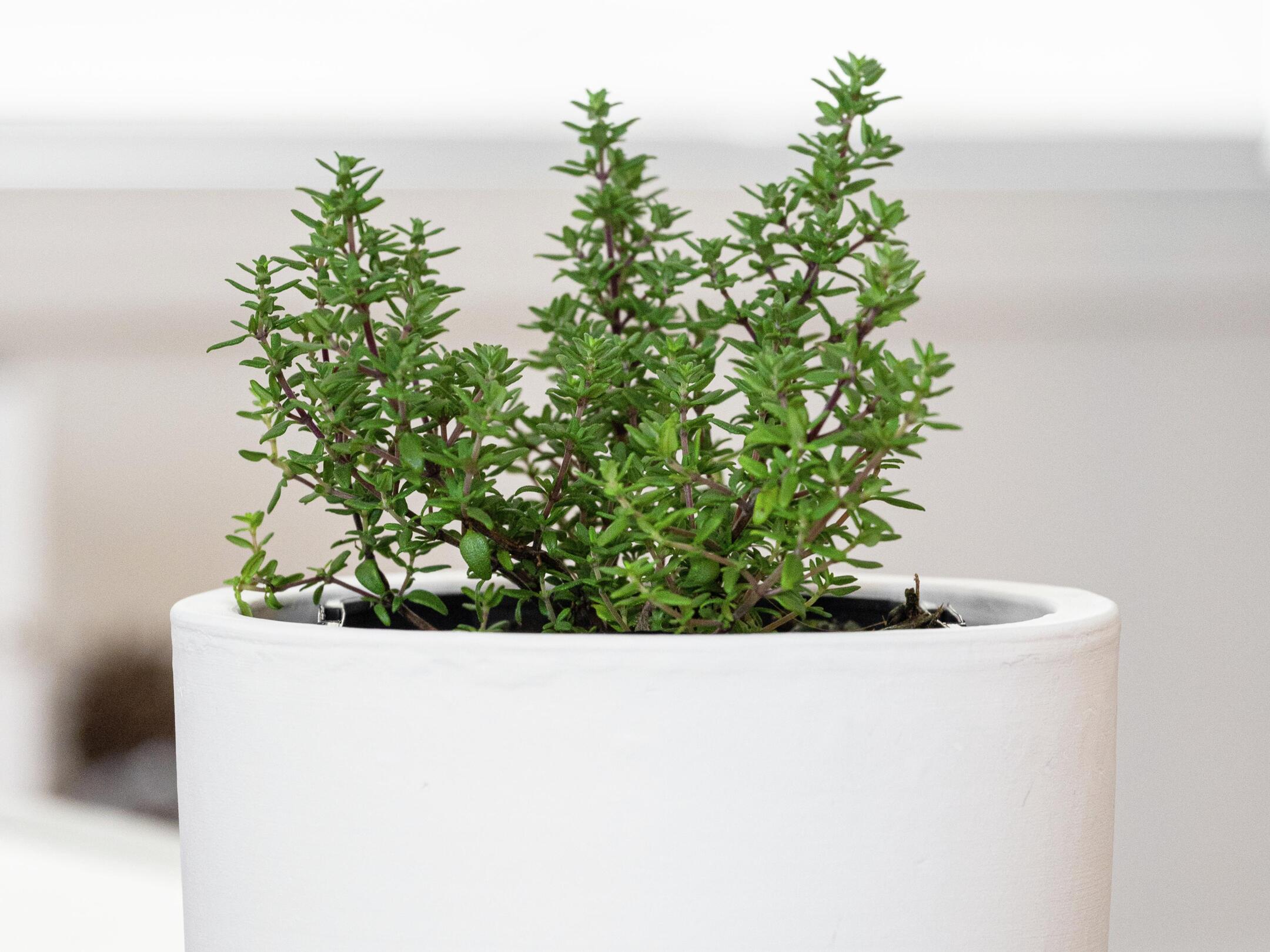
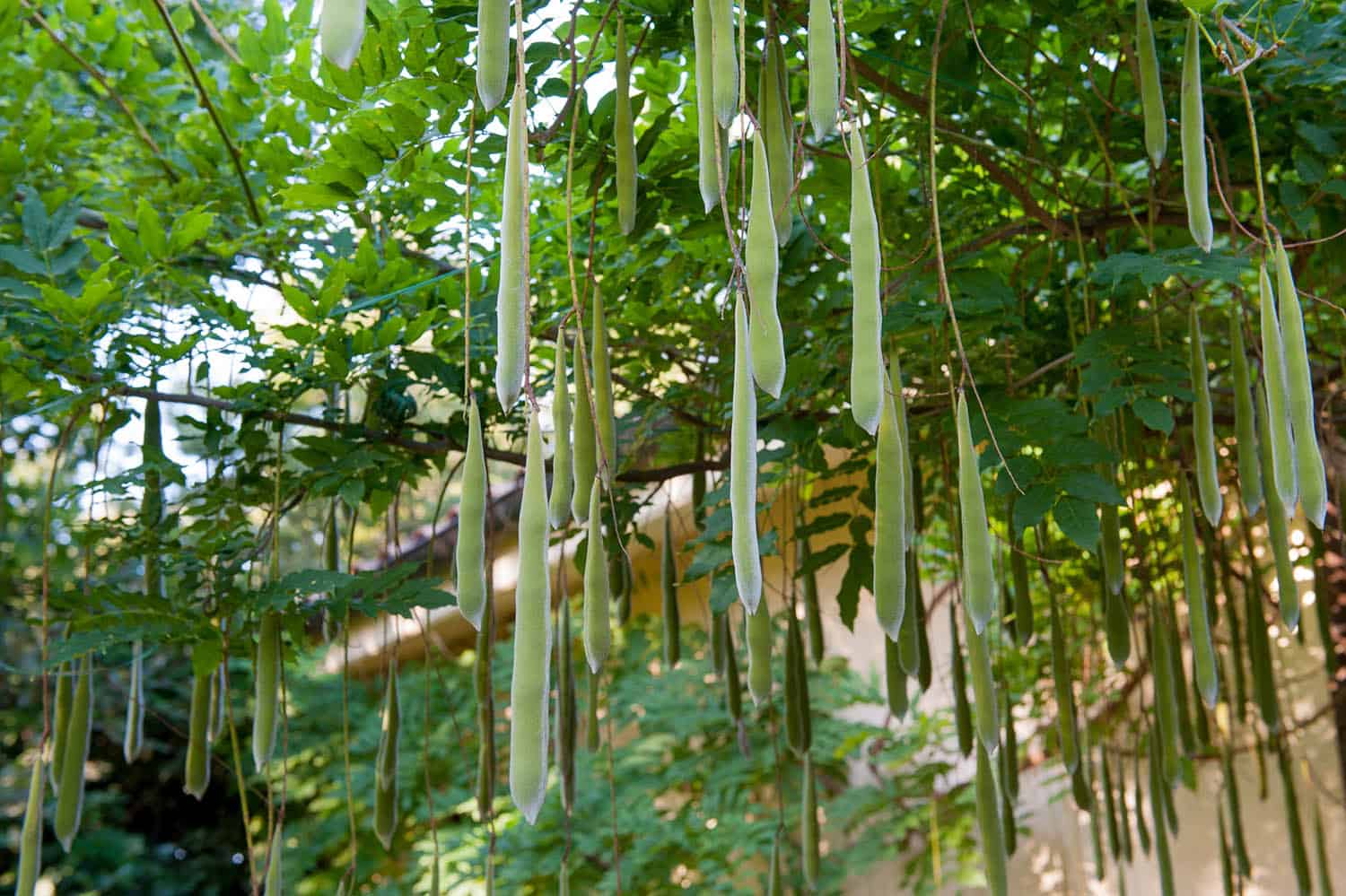
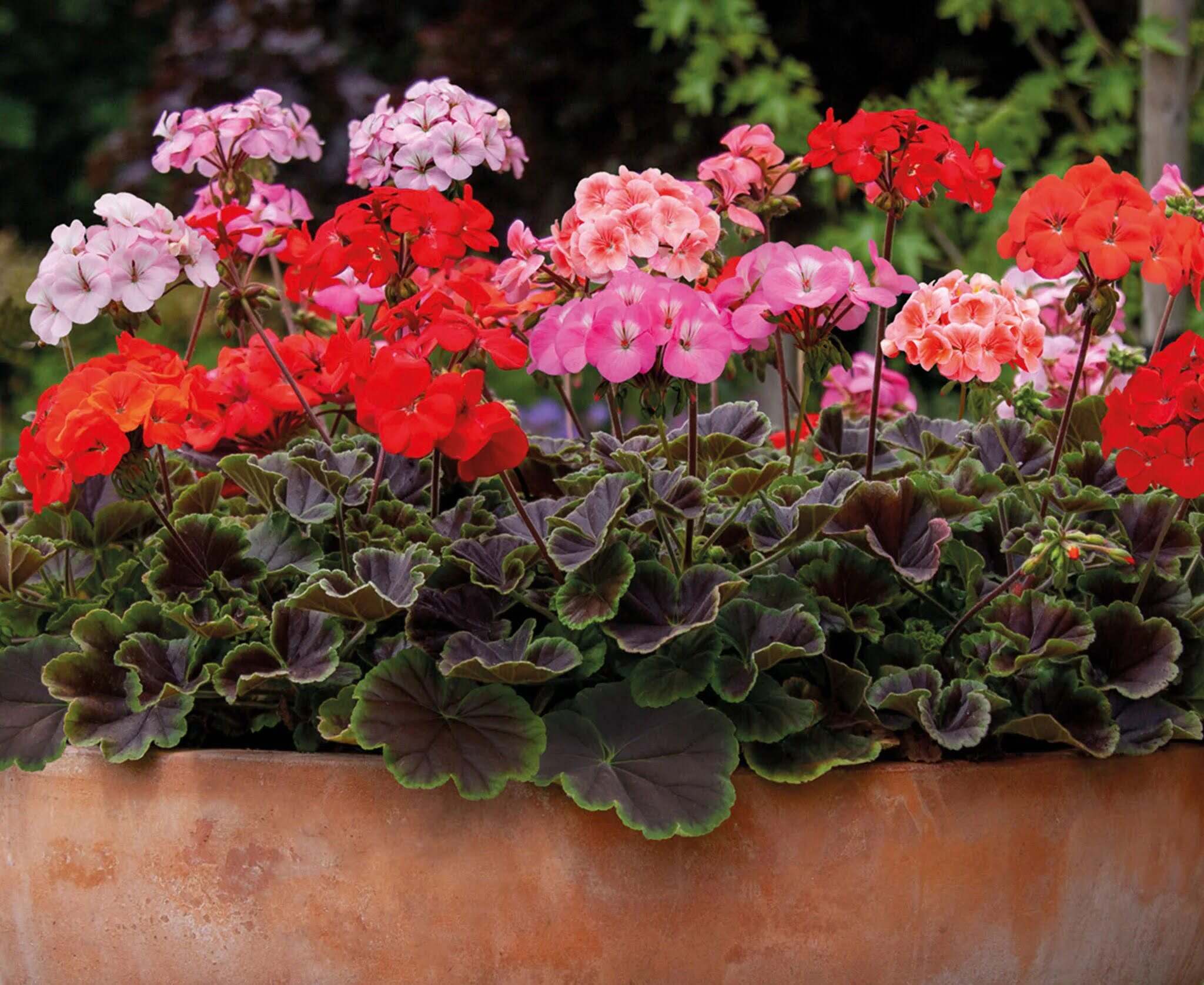
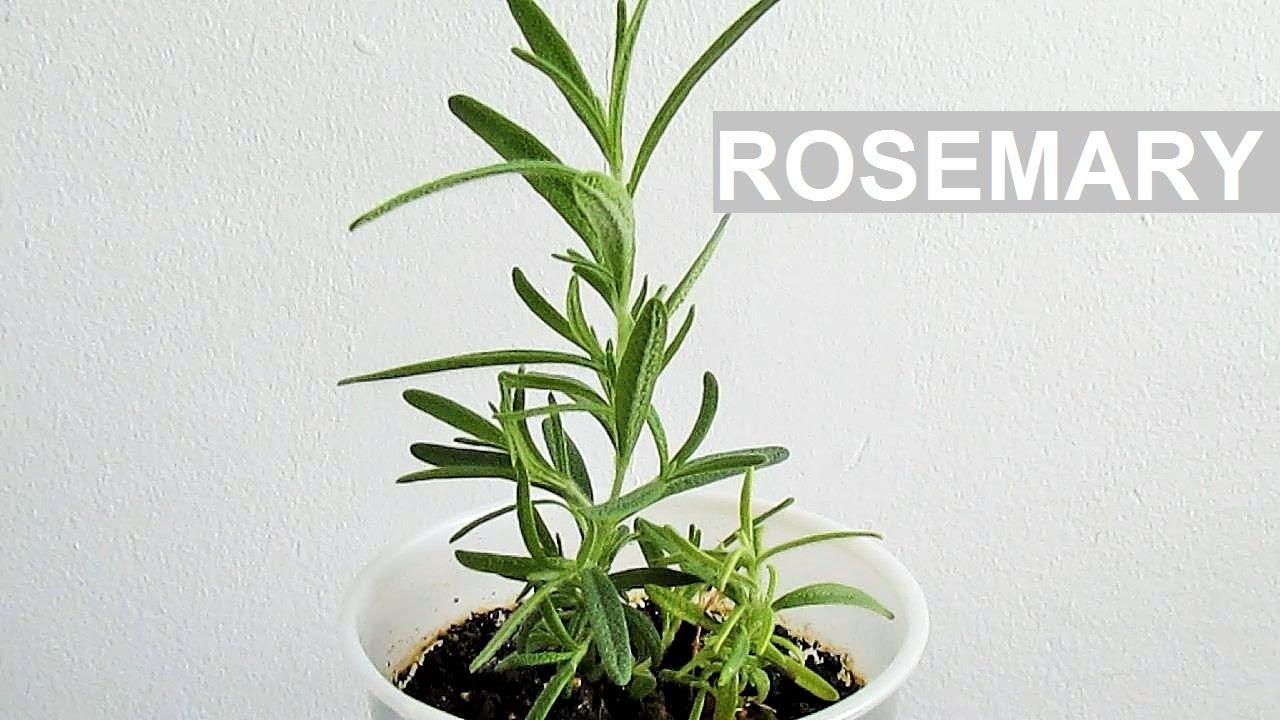

0 thoughts on “How To Grow Asparagus From Seeds”